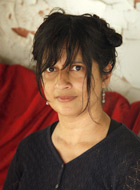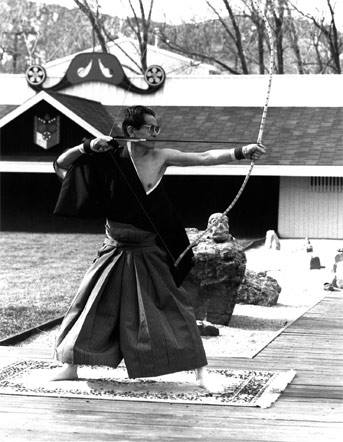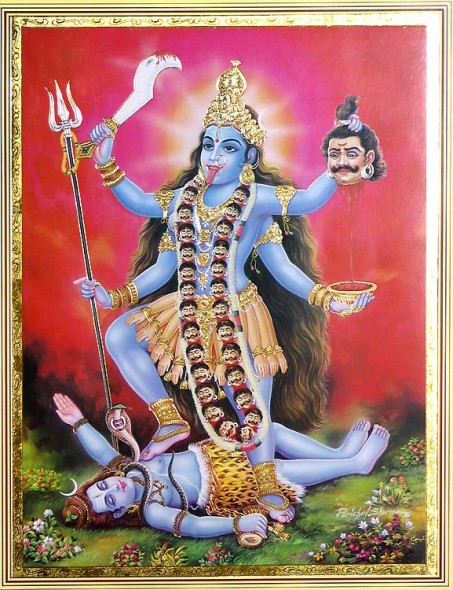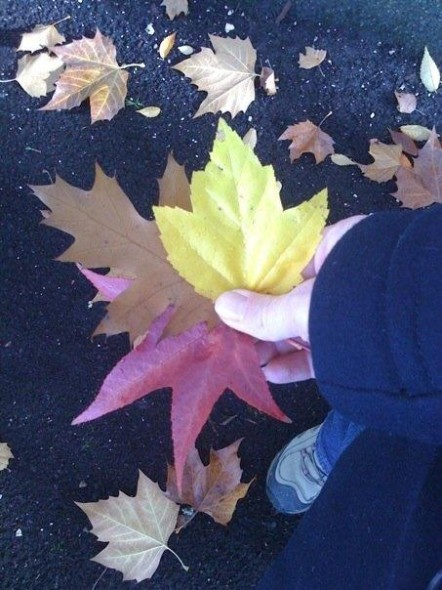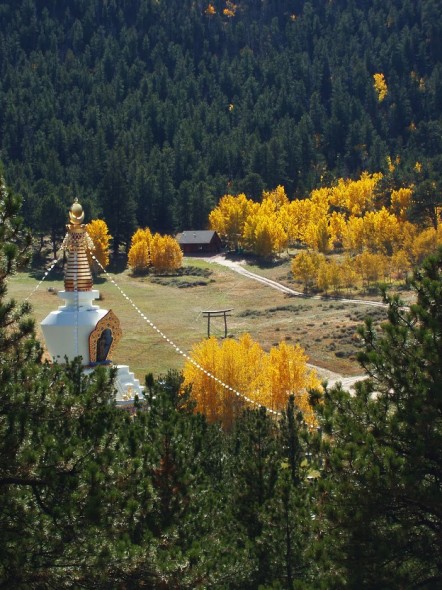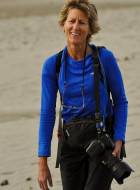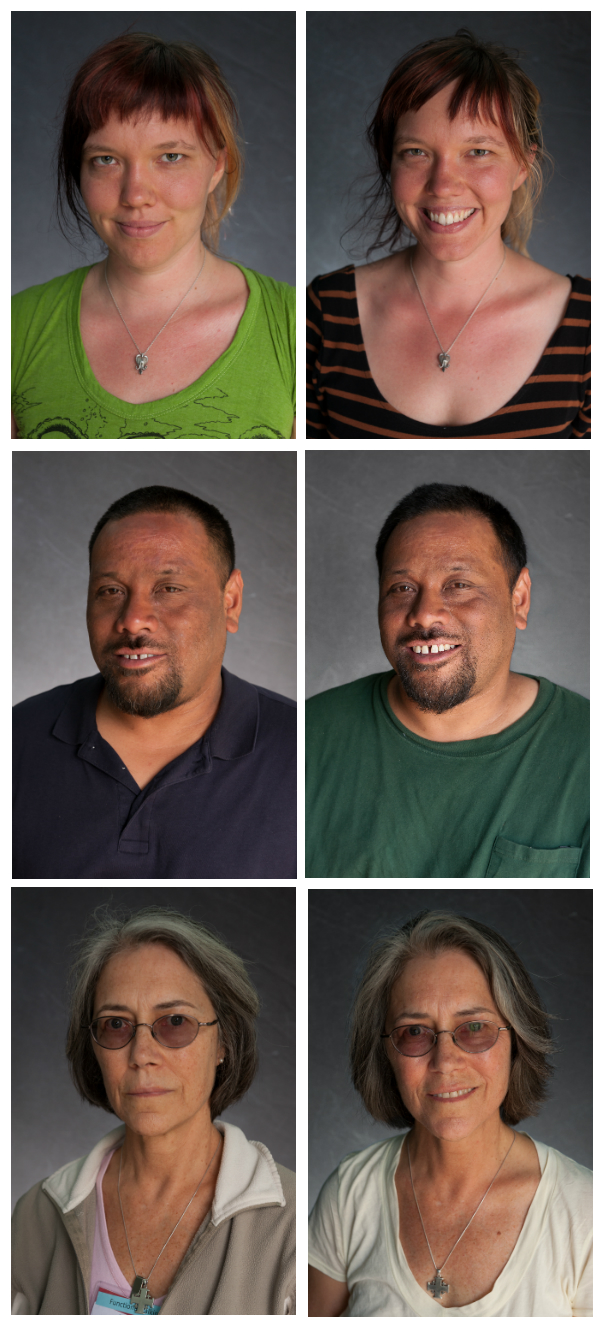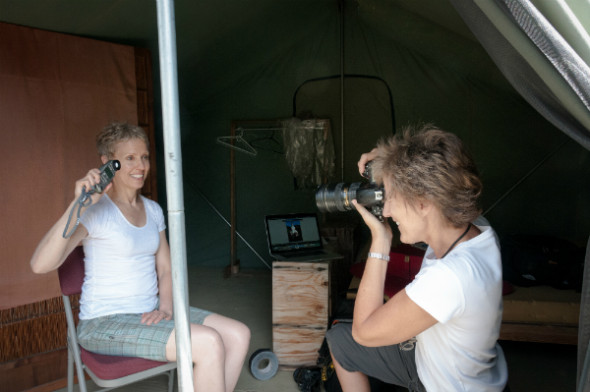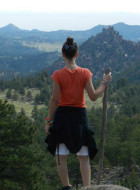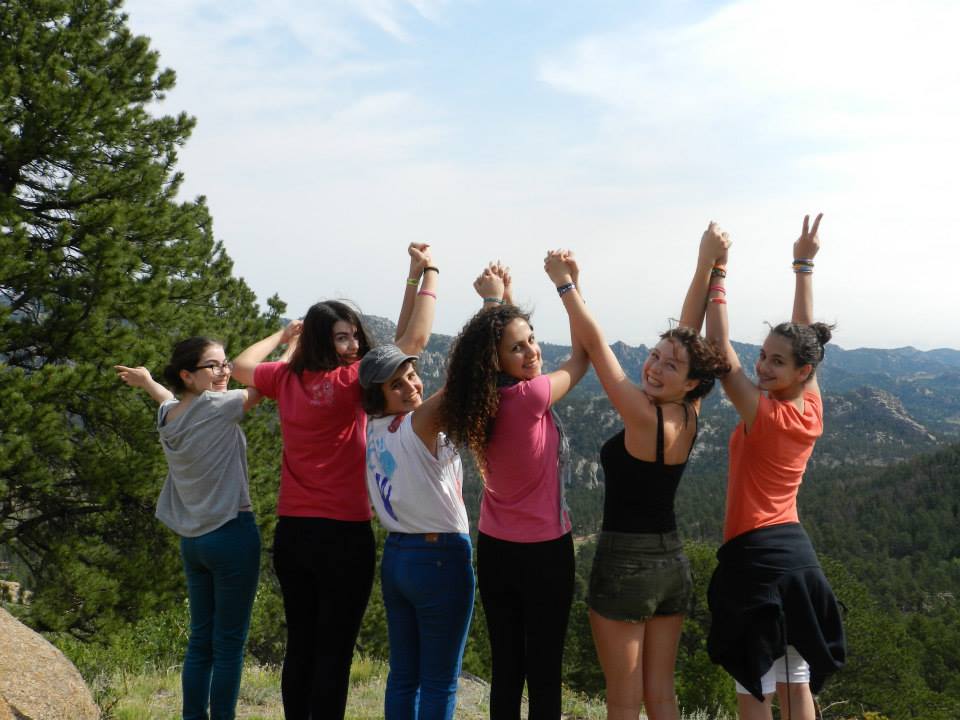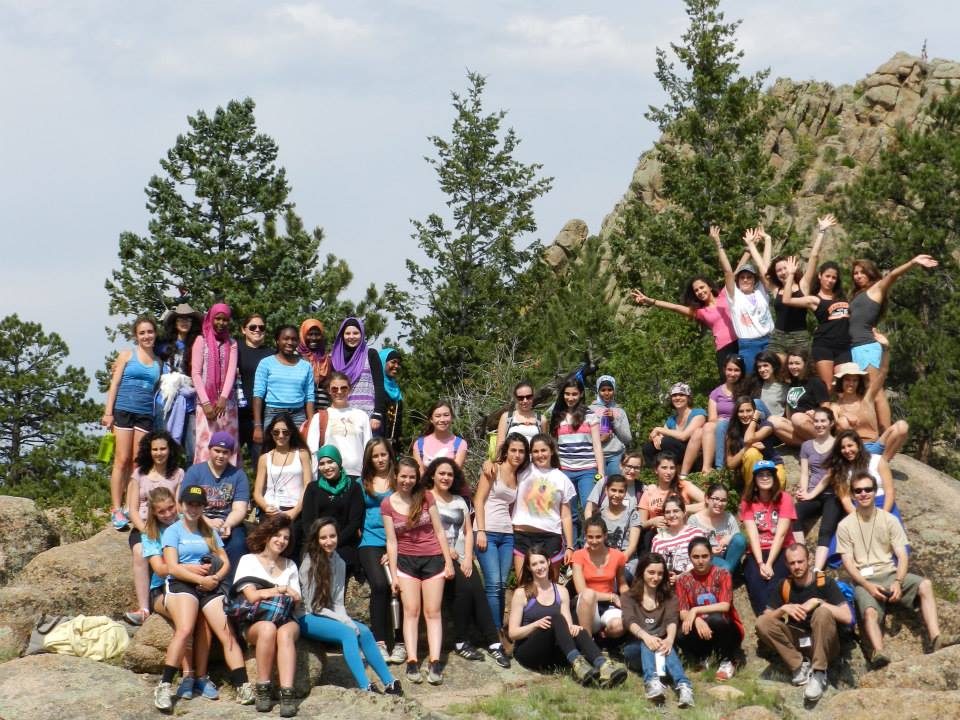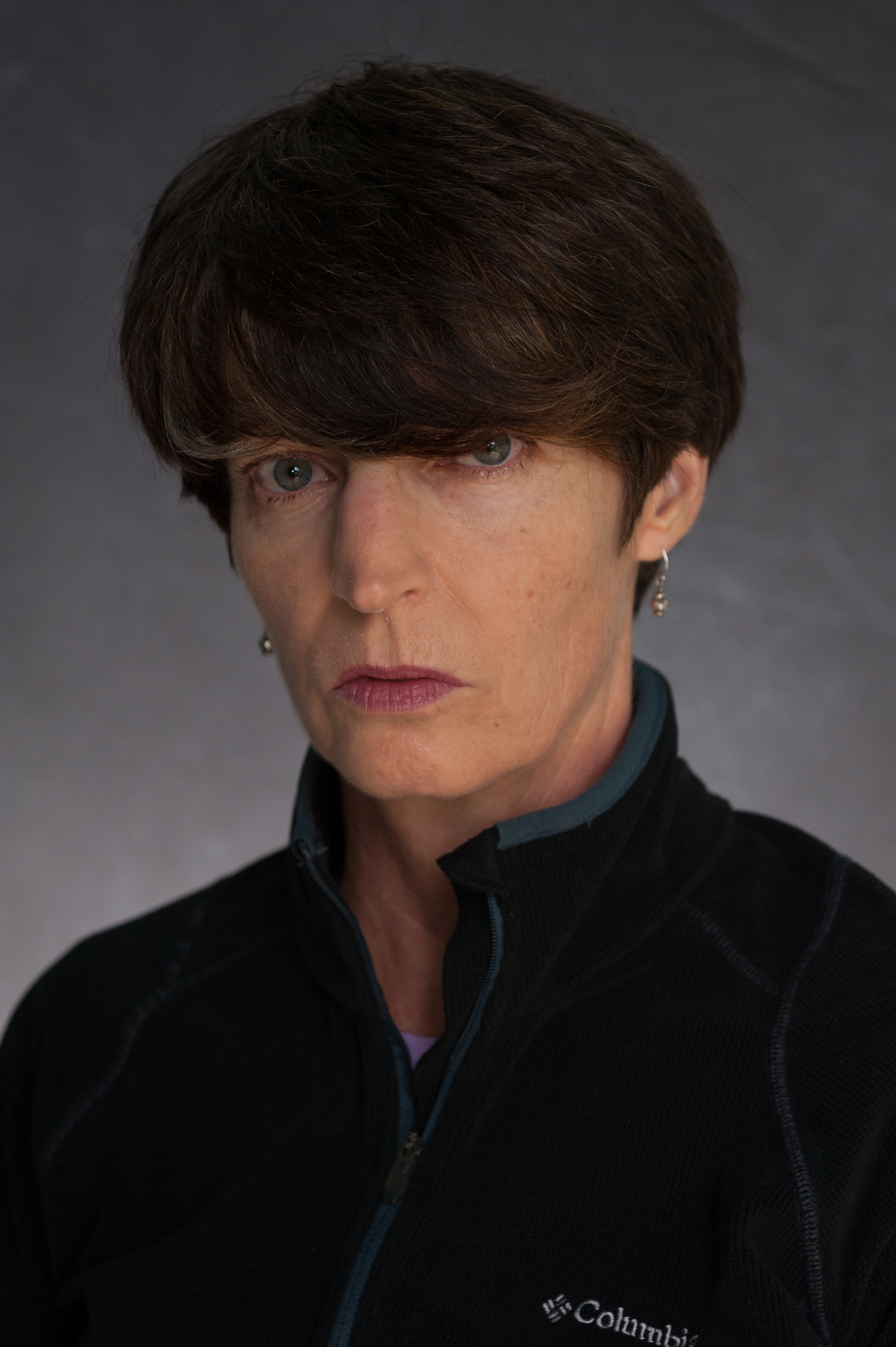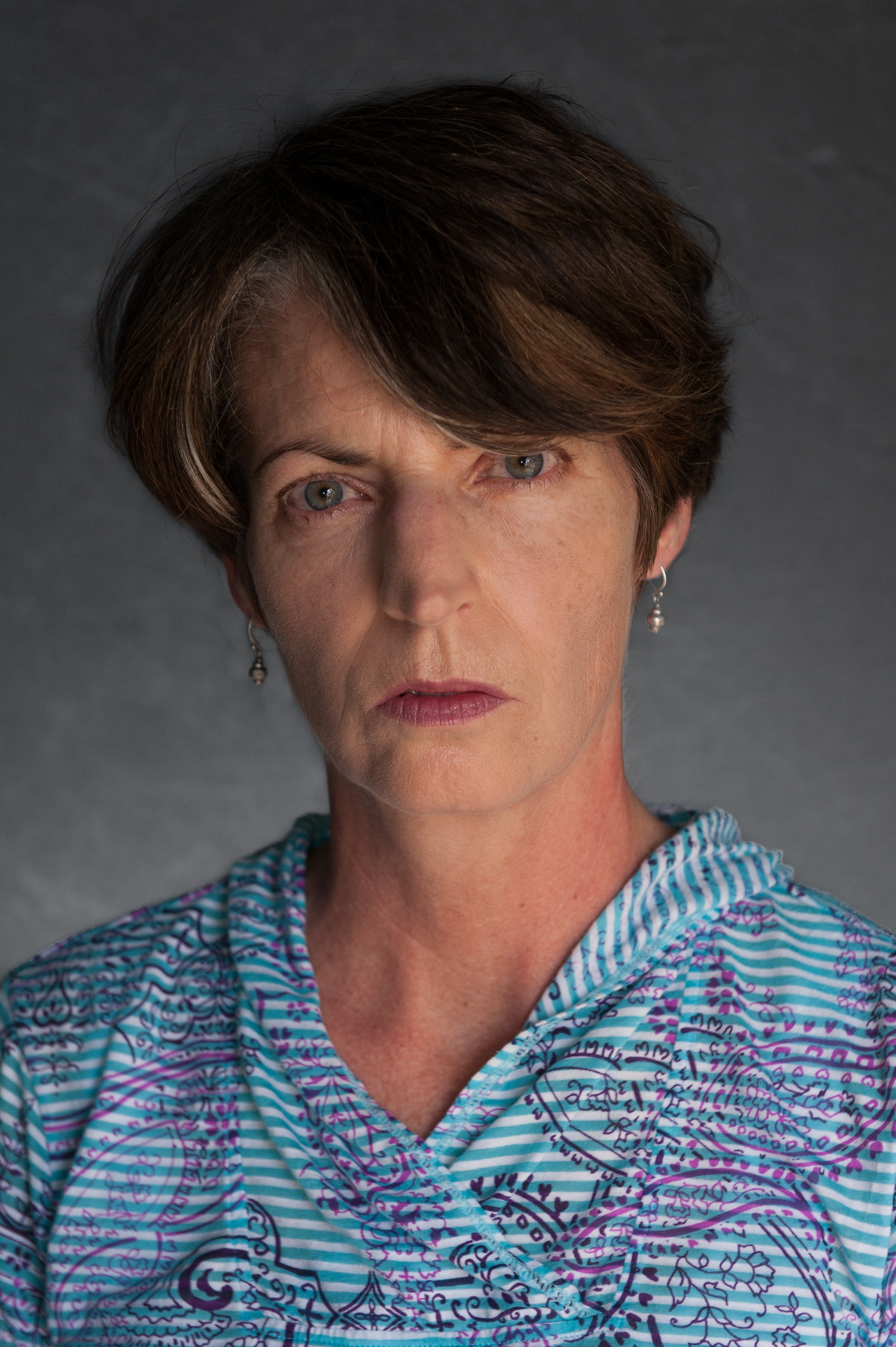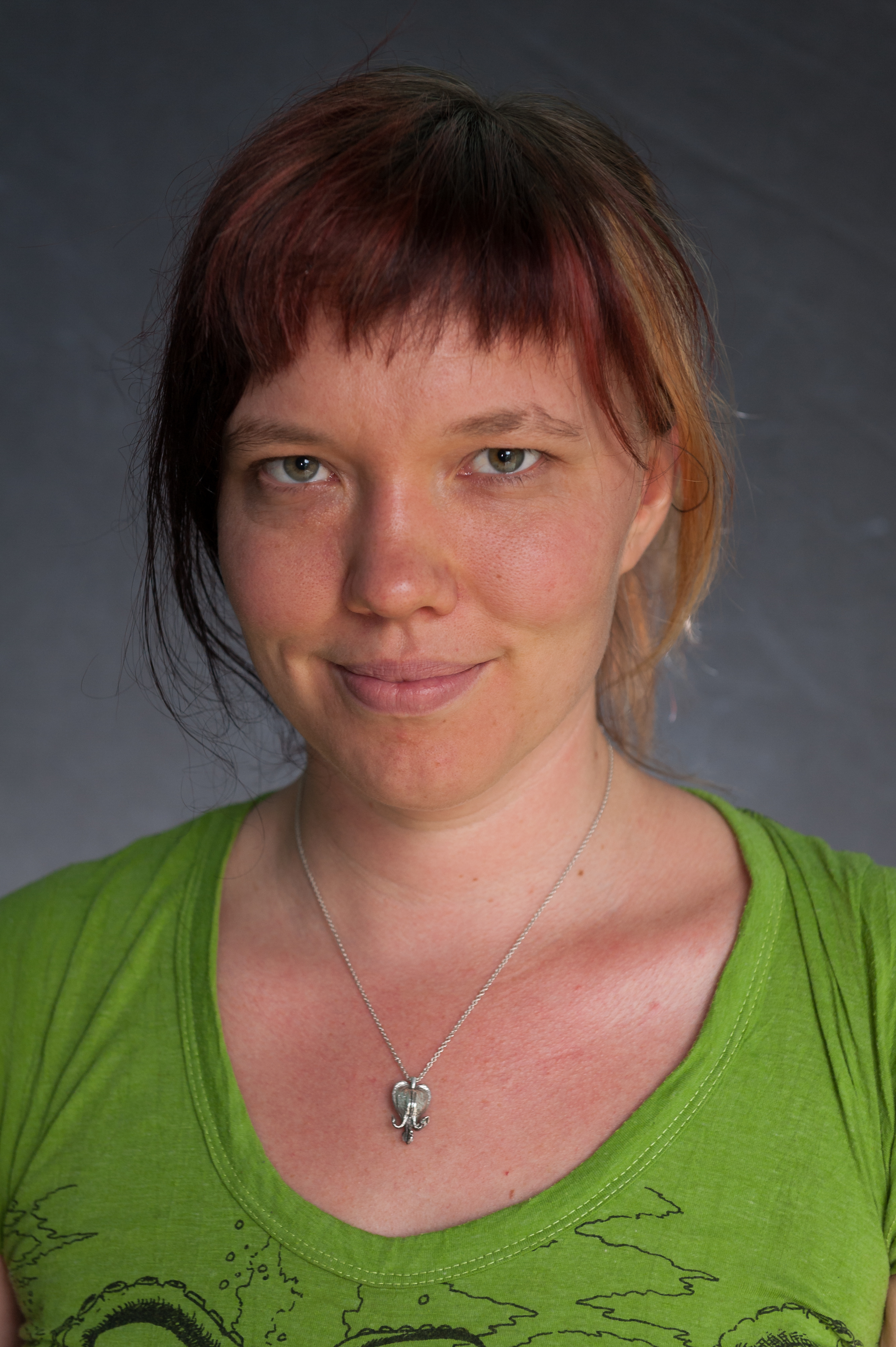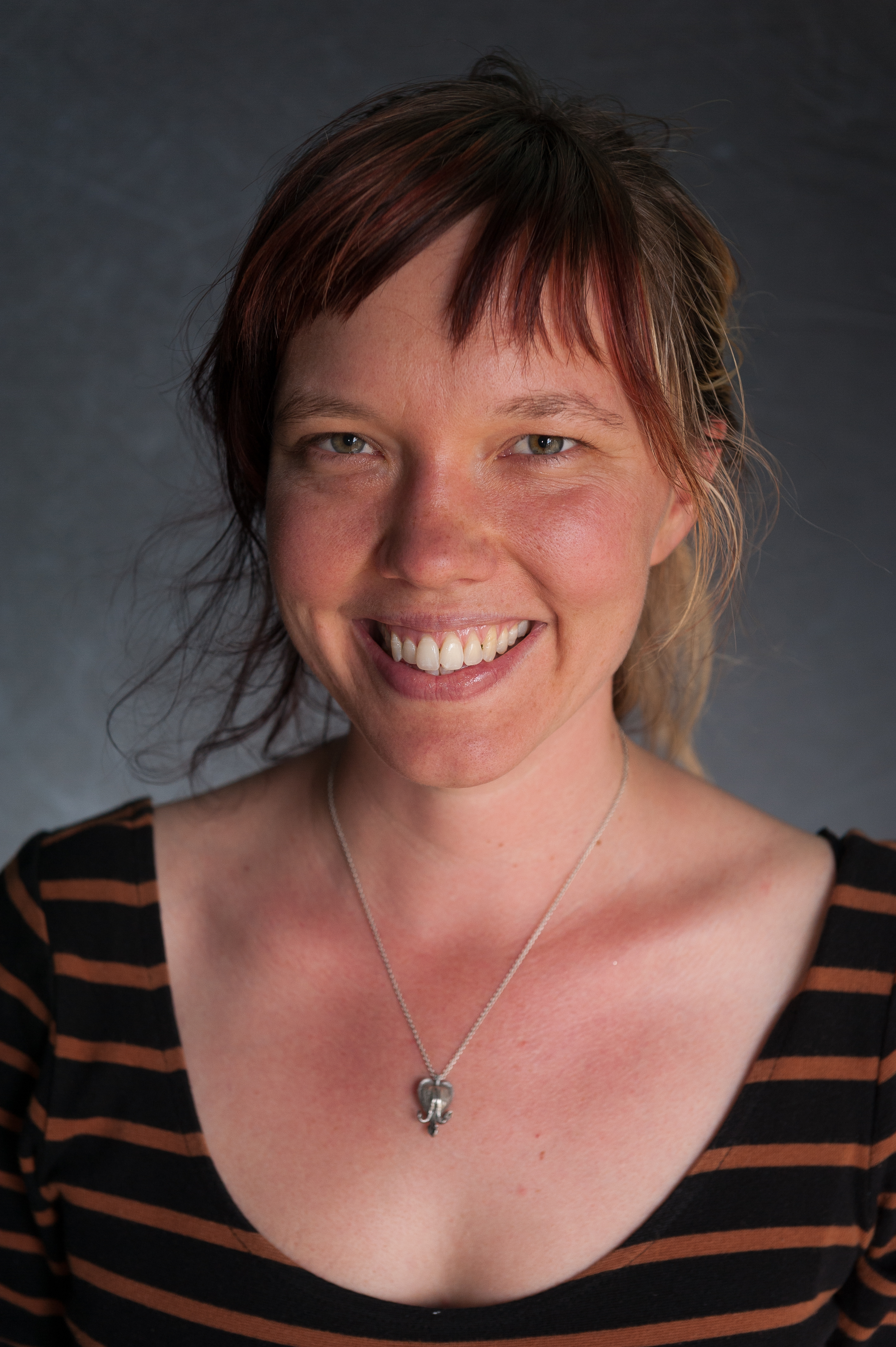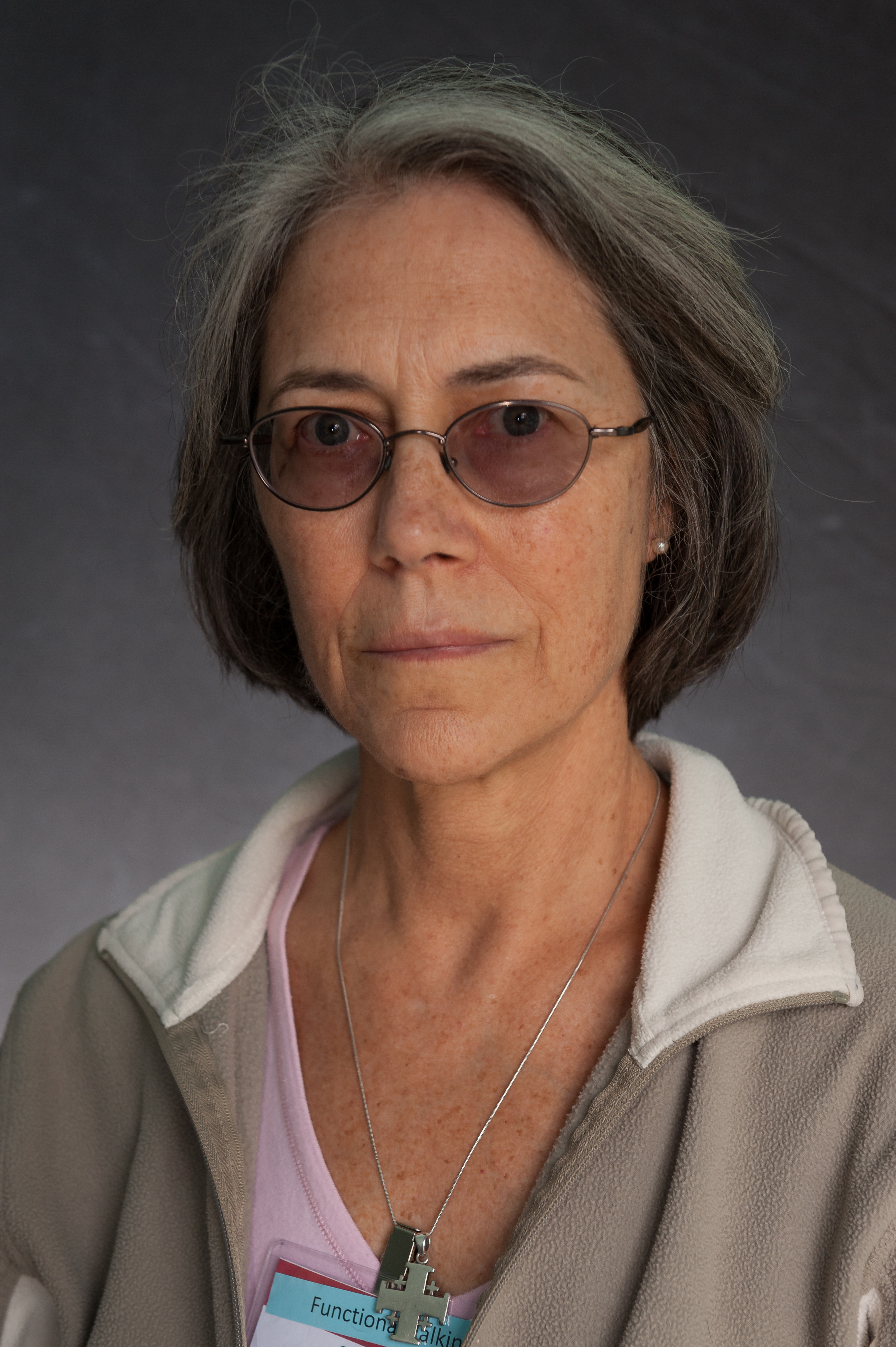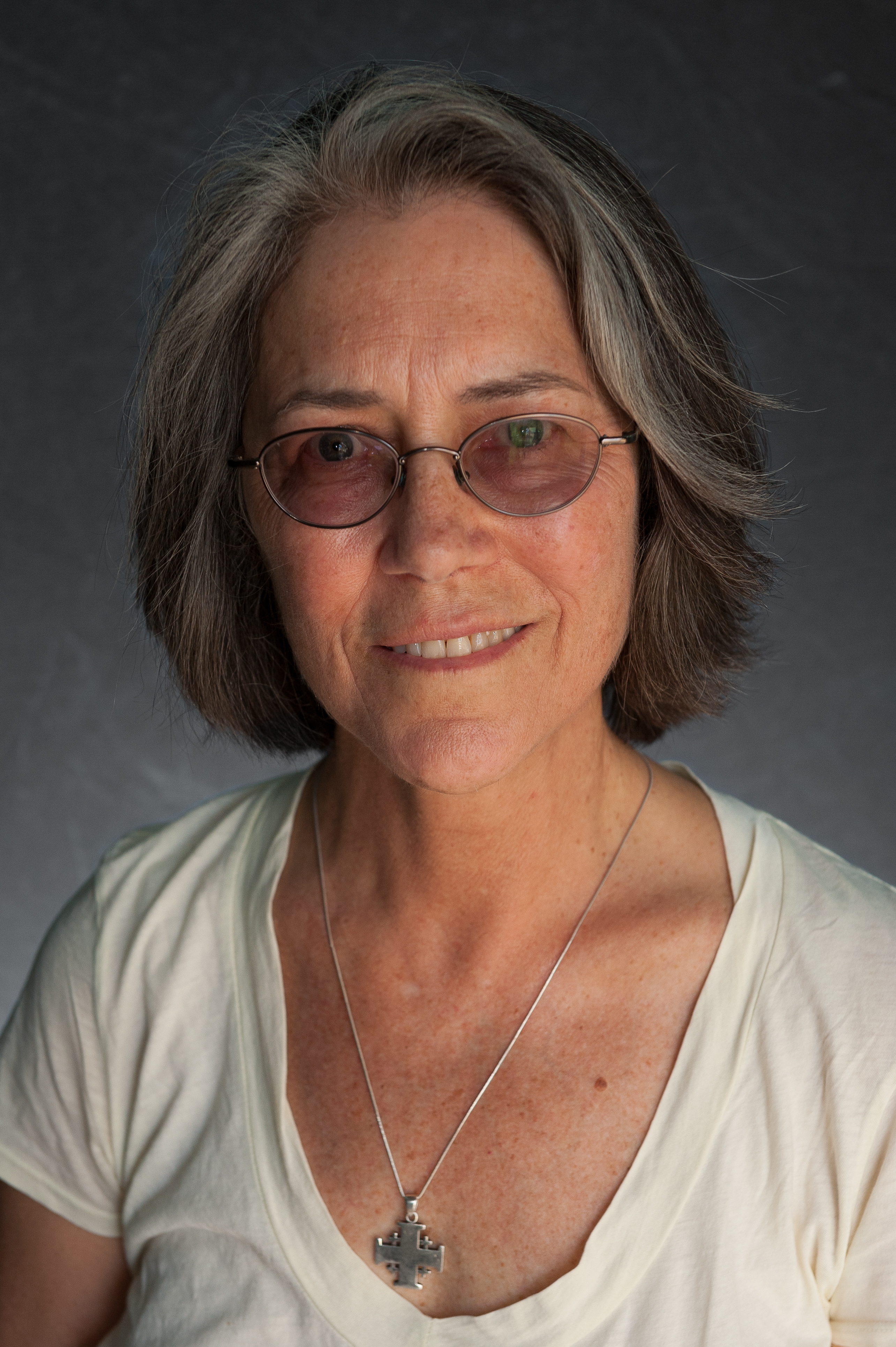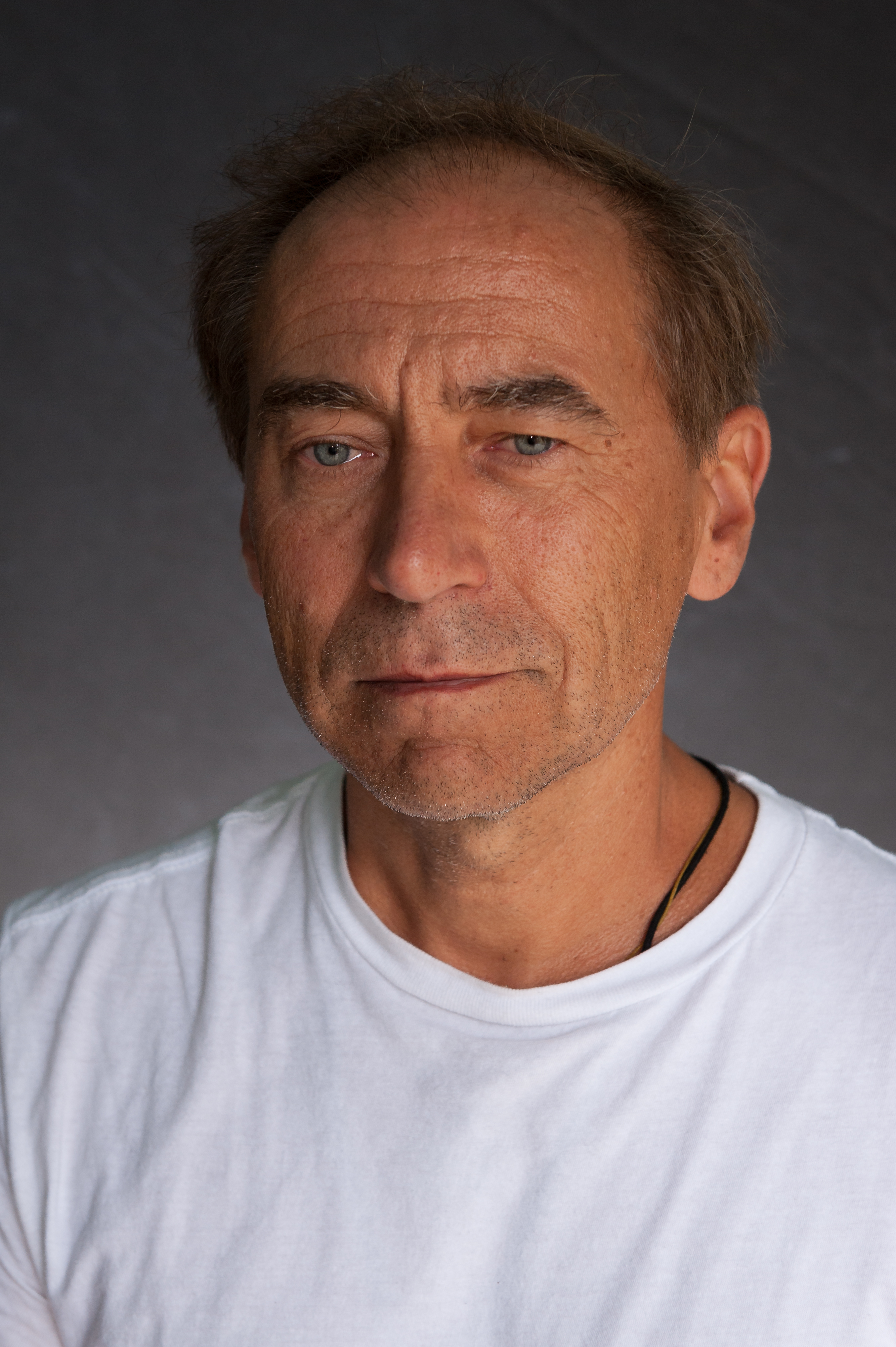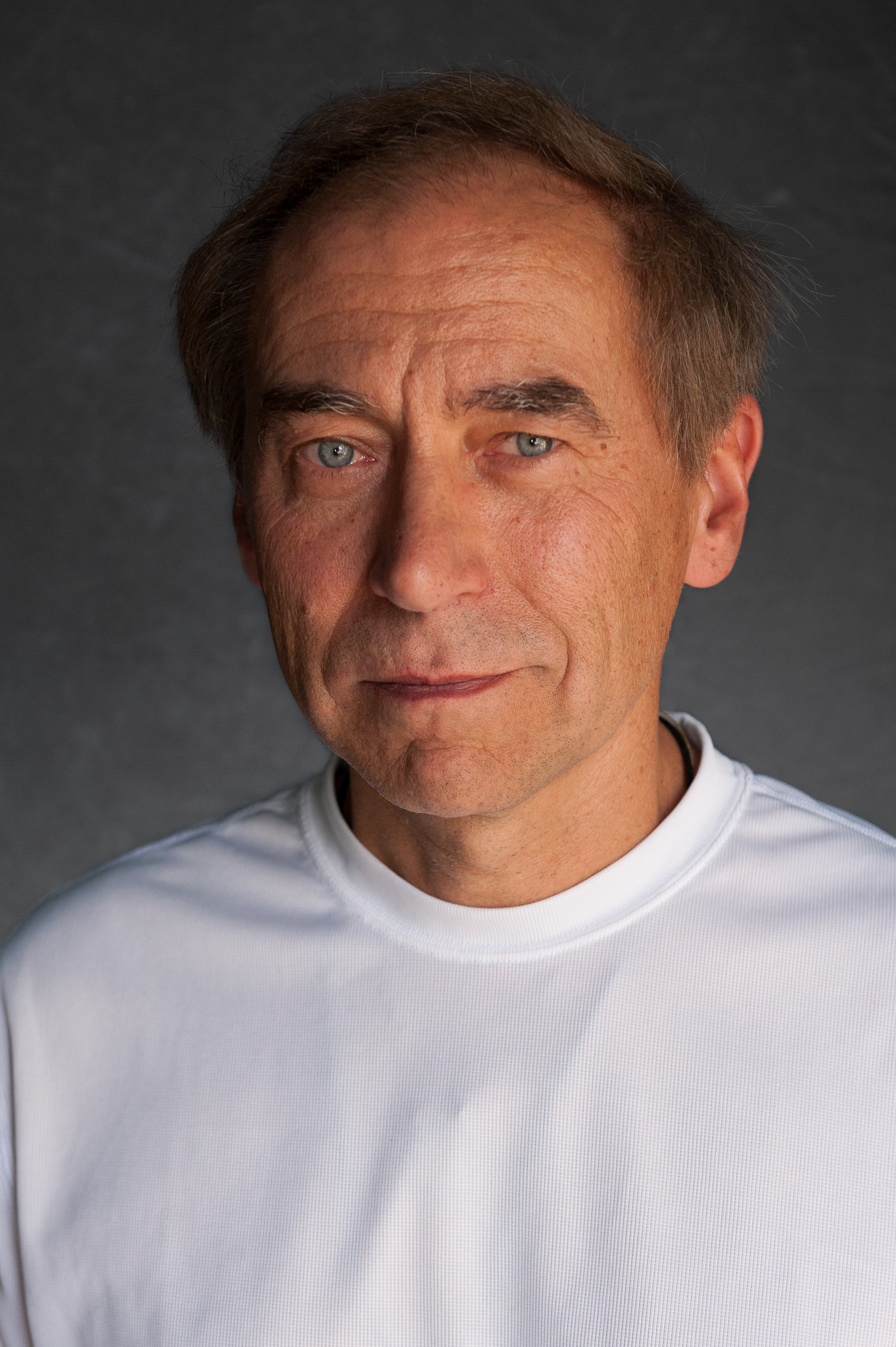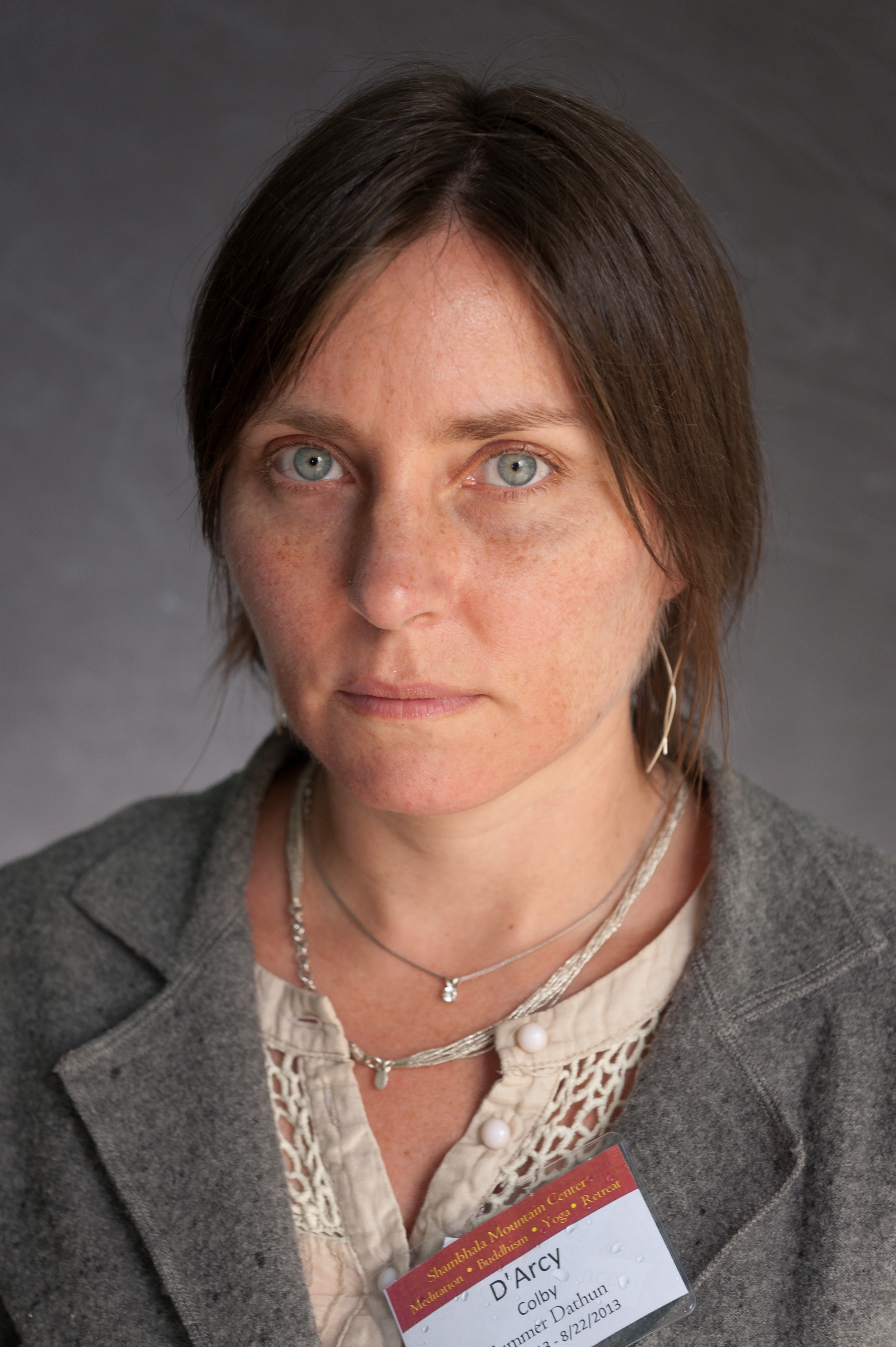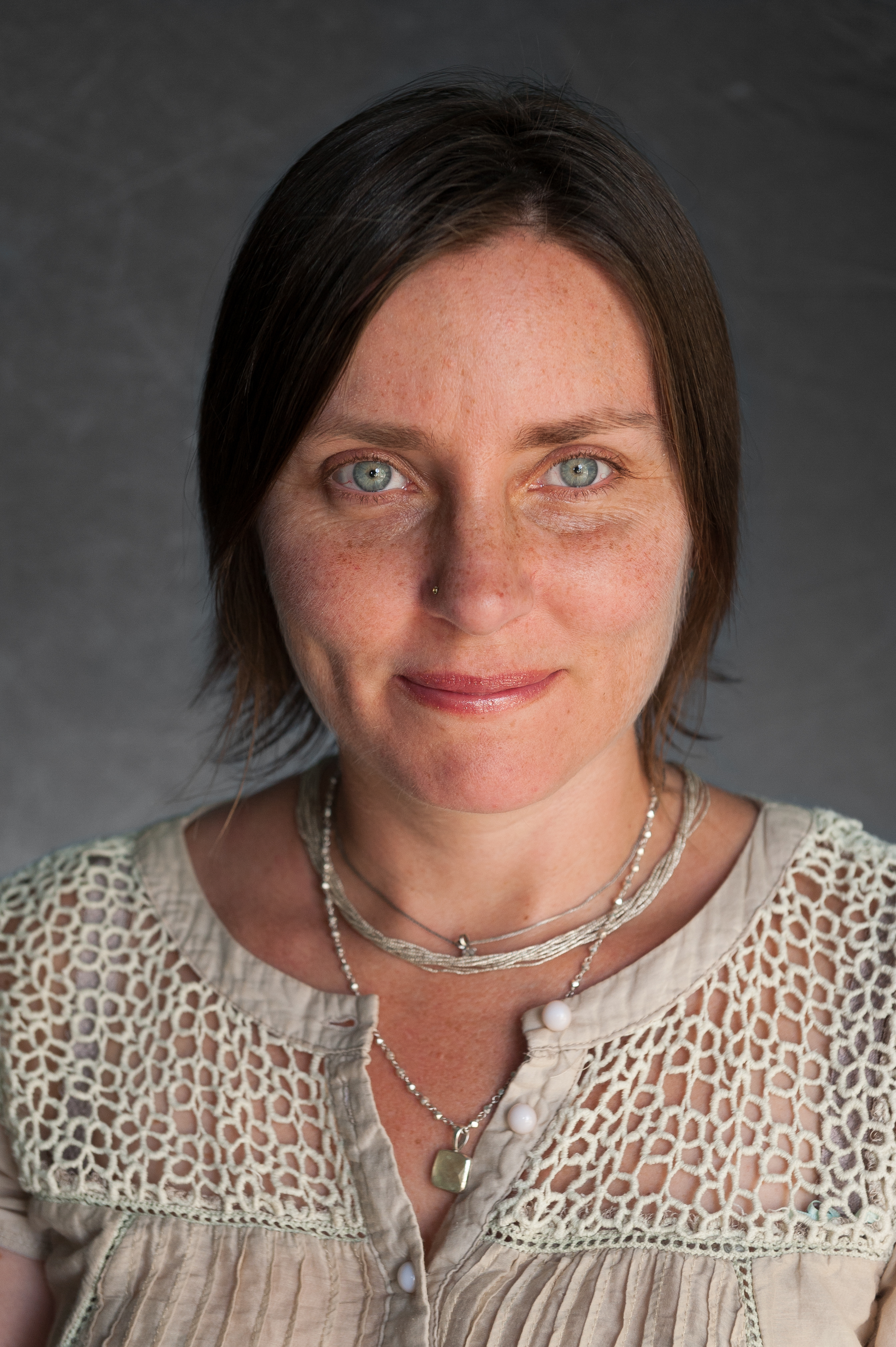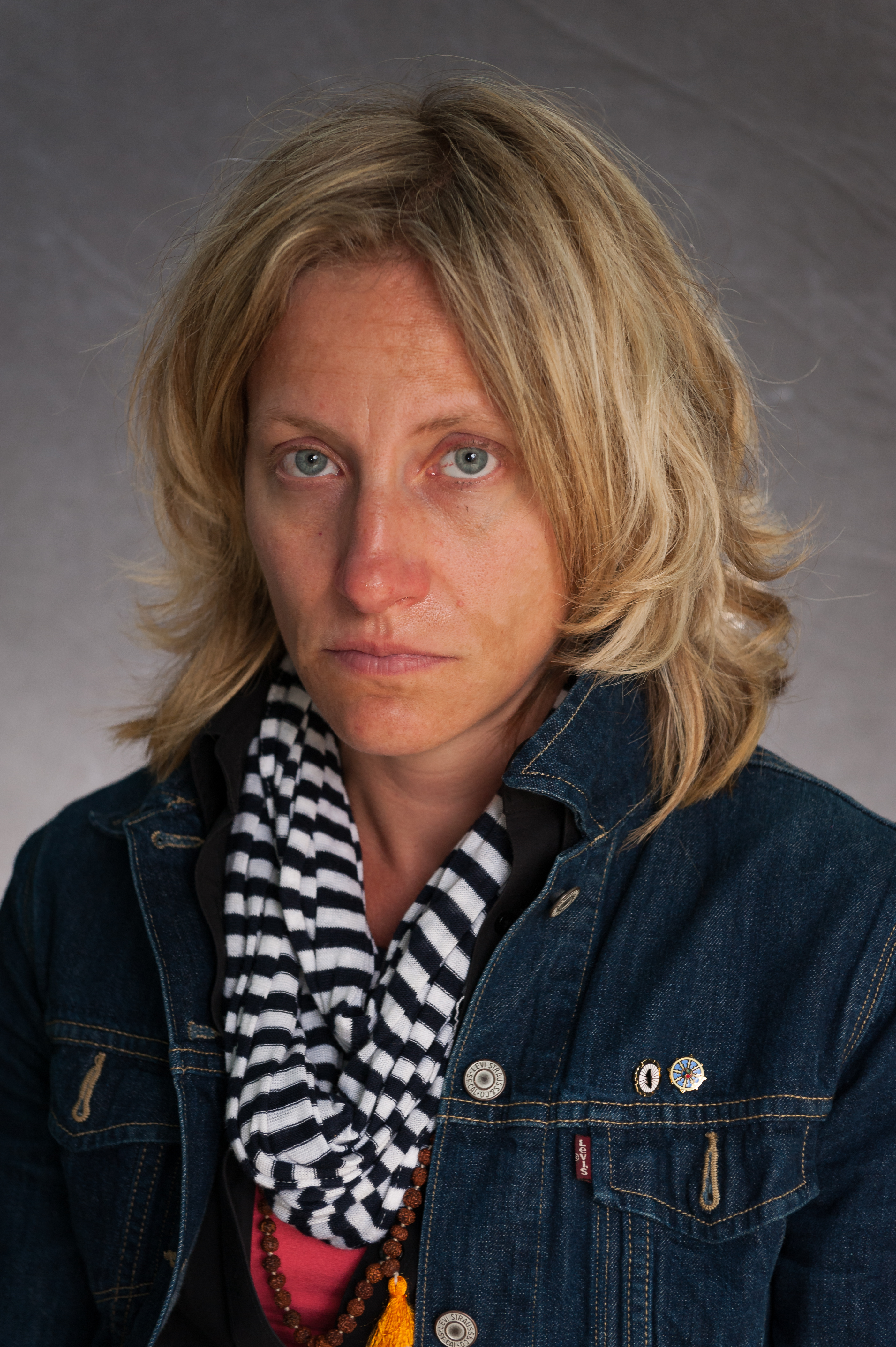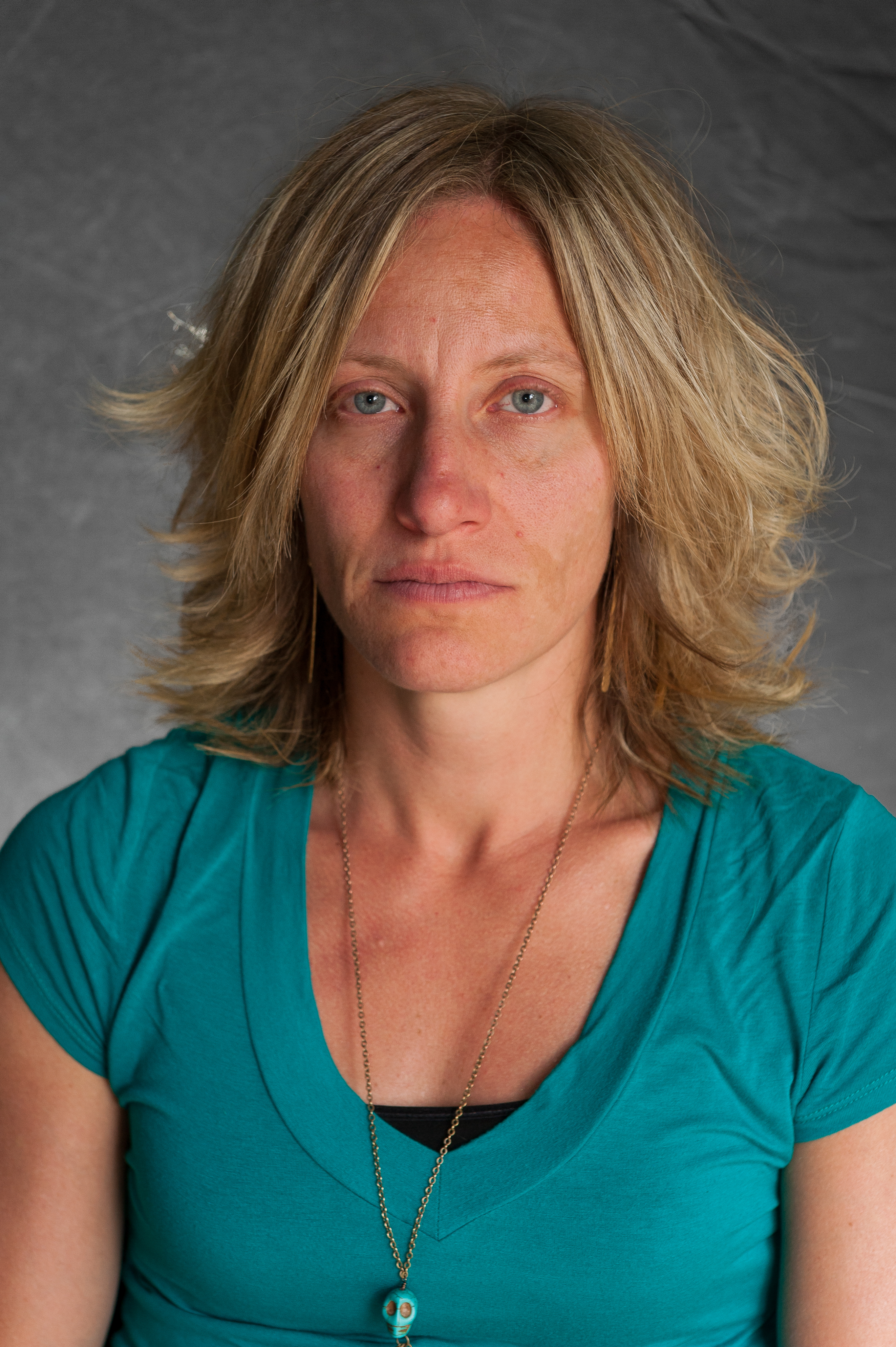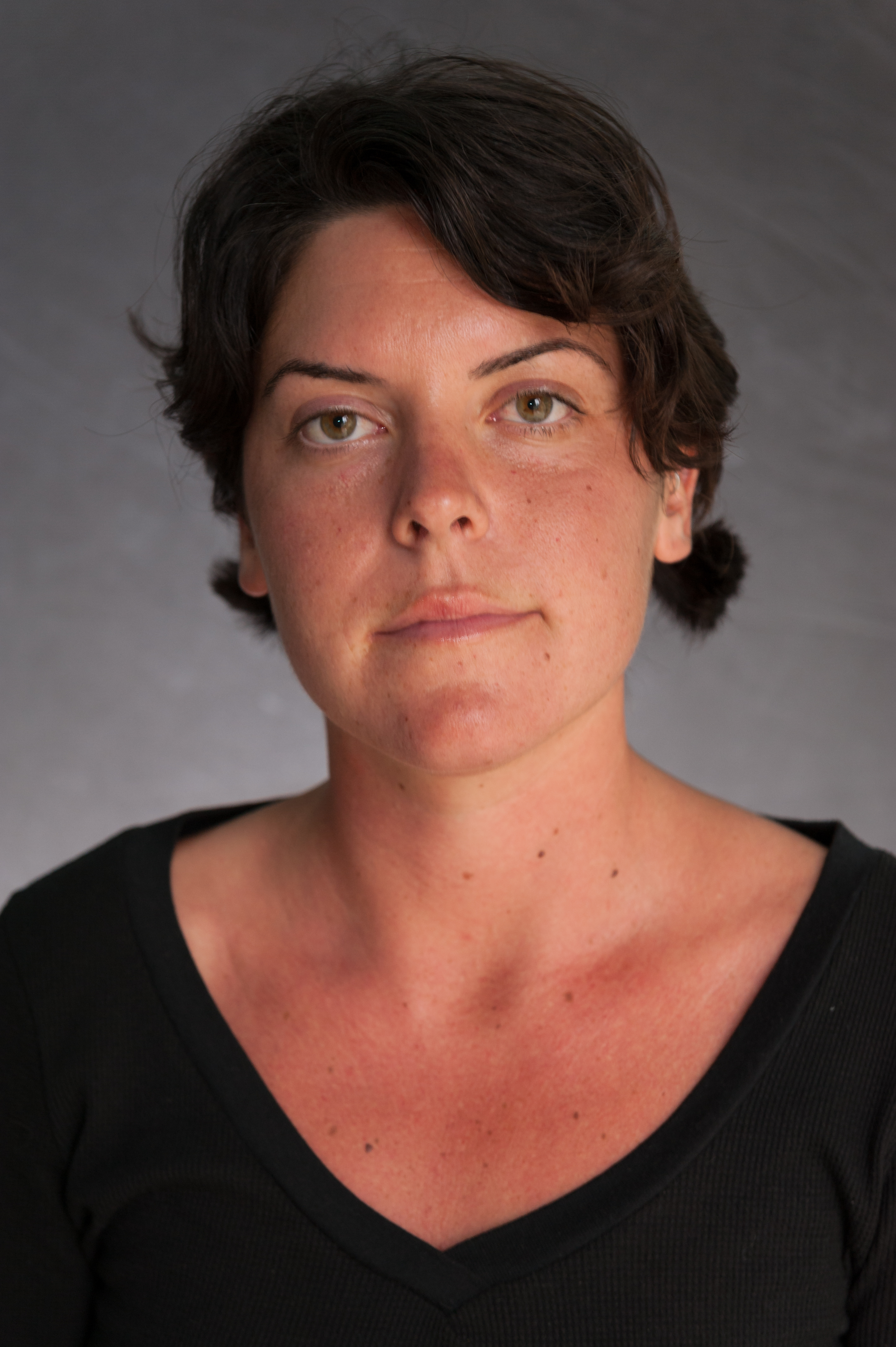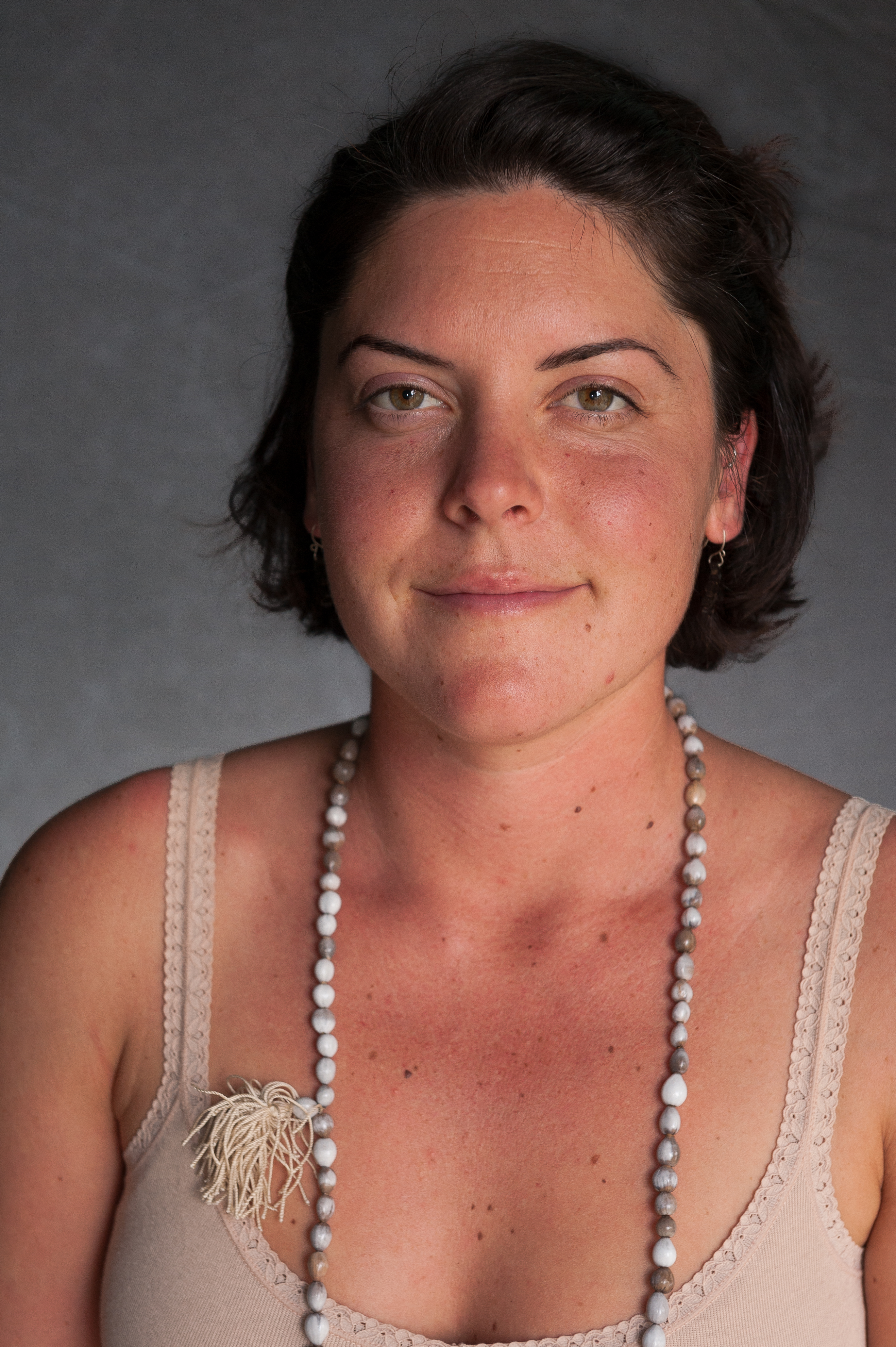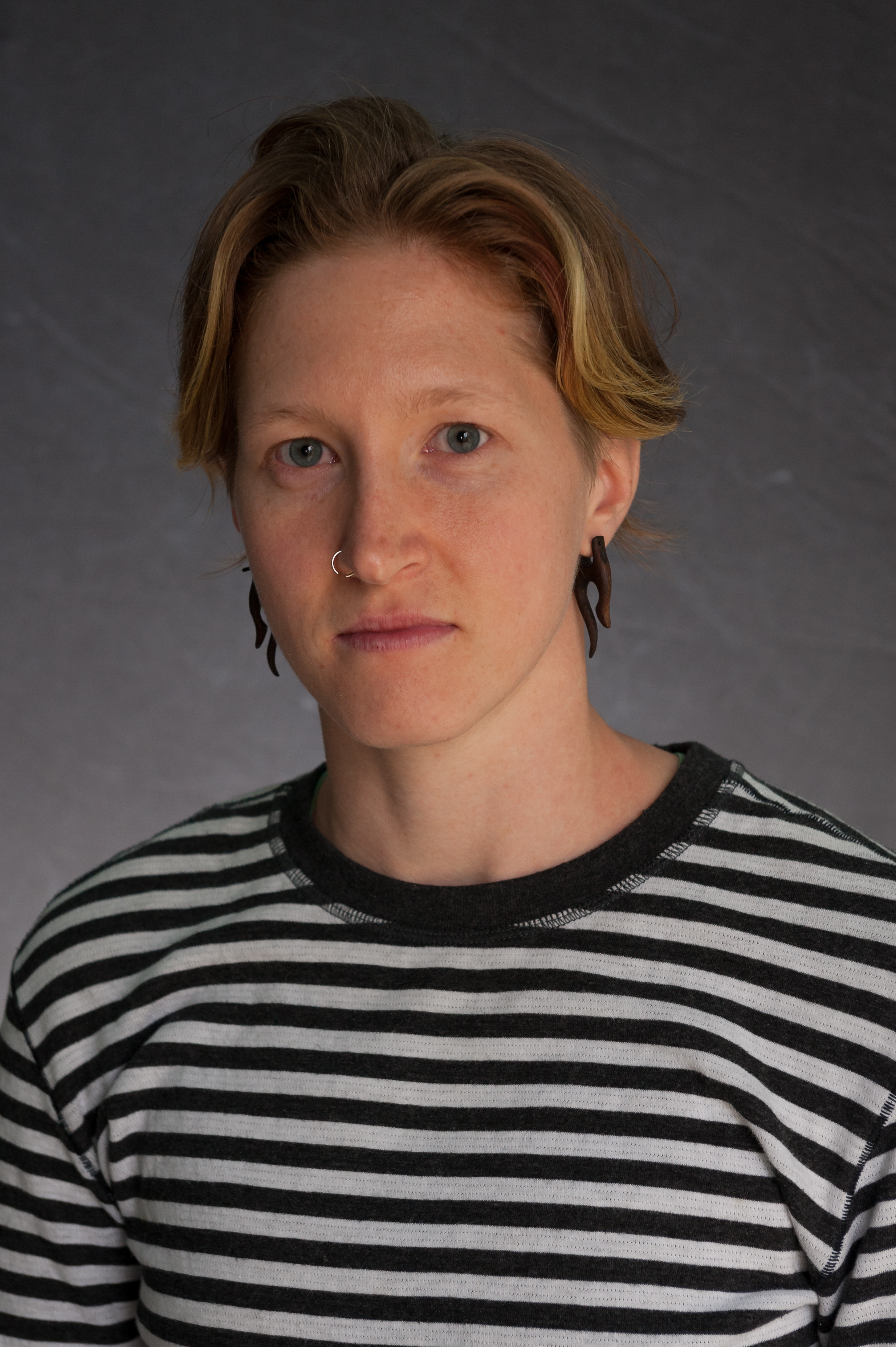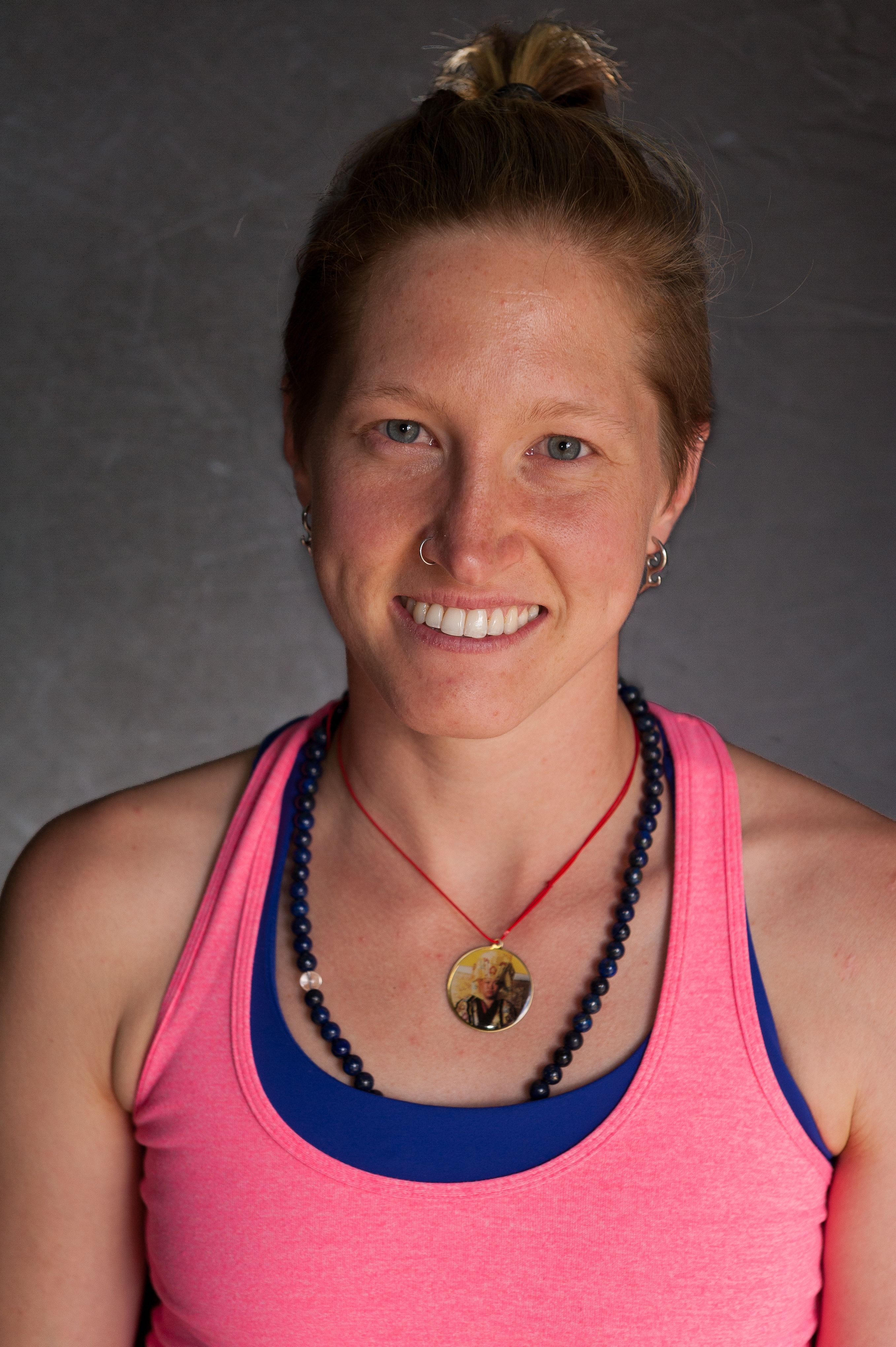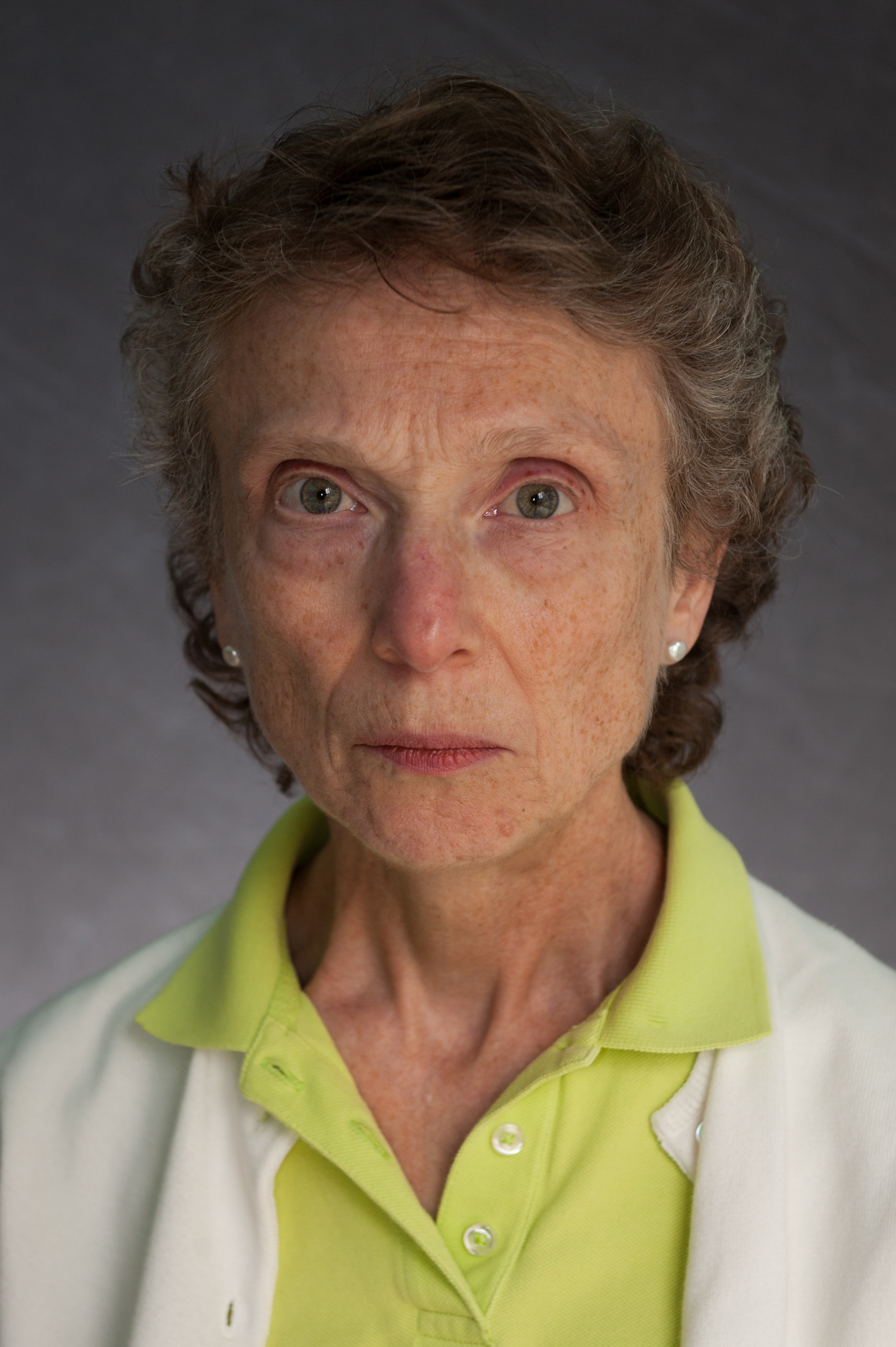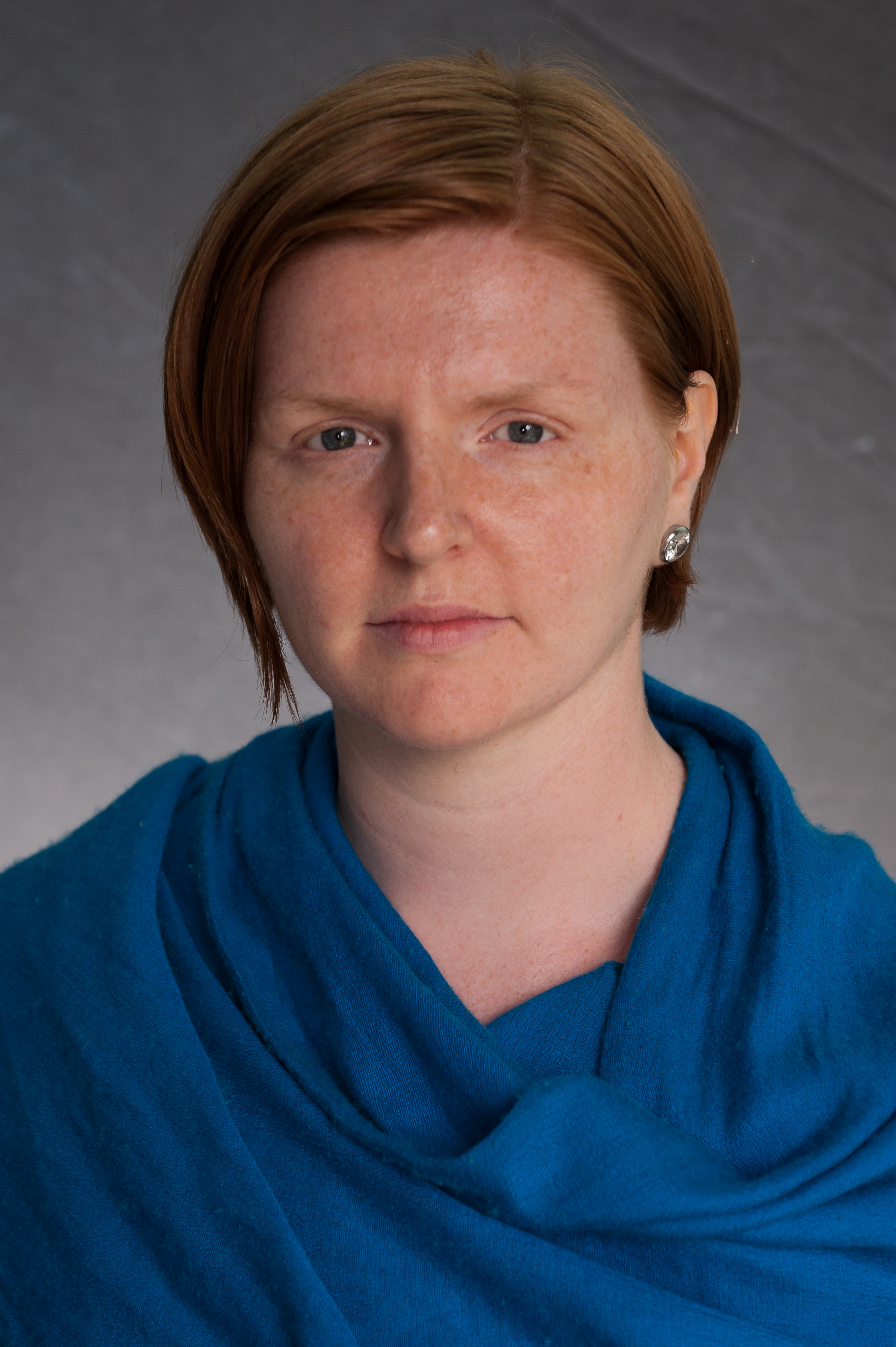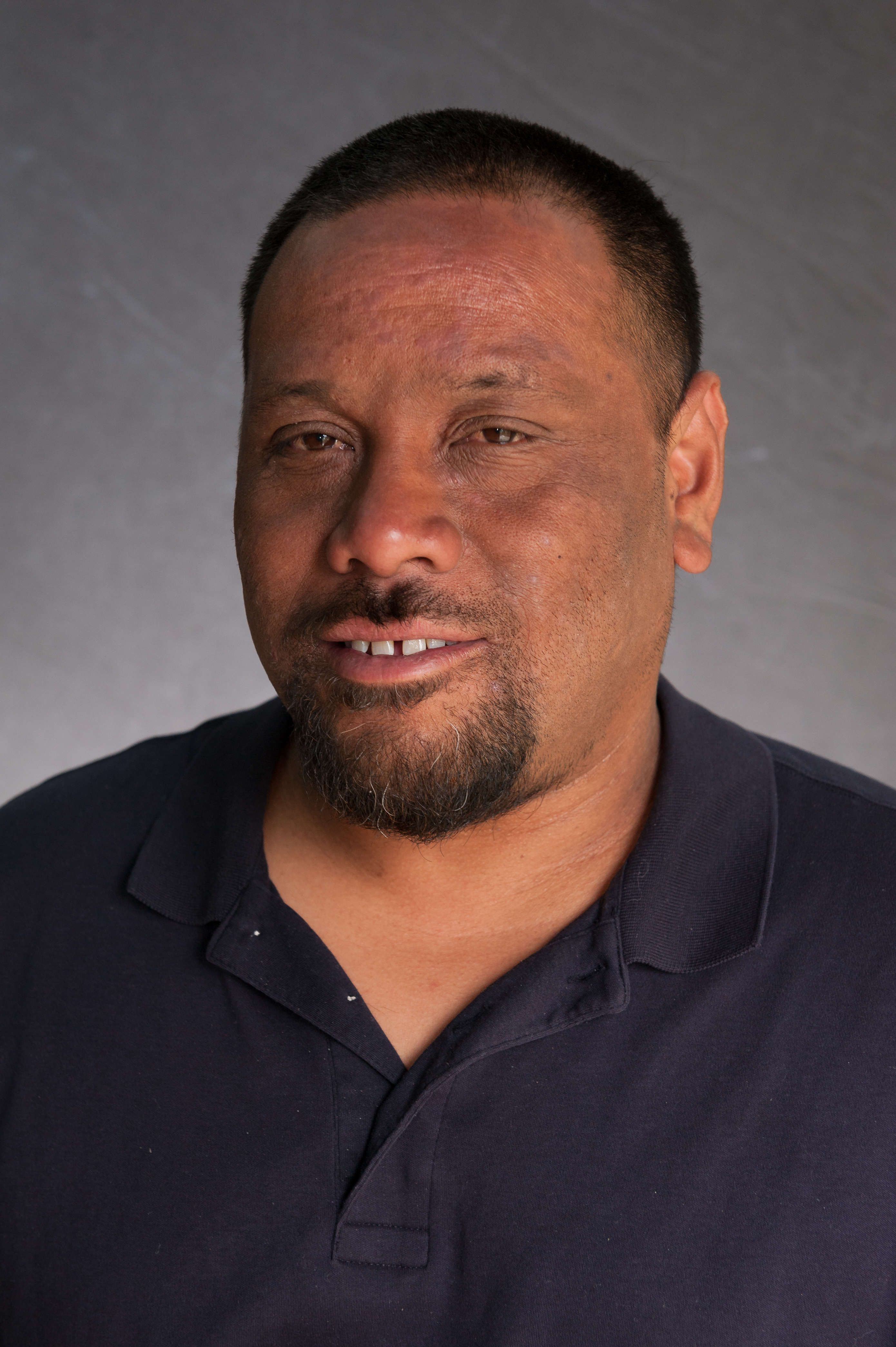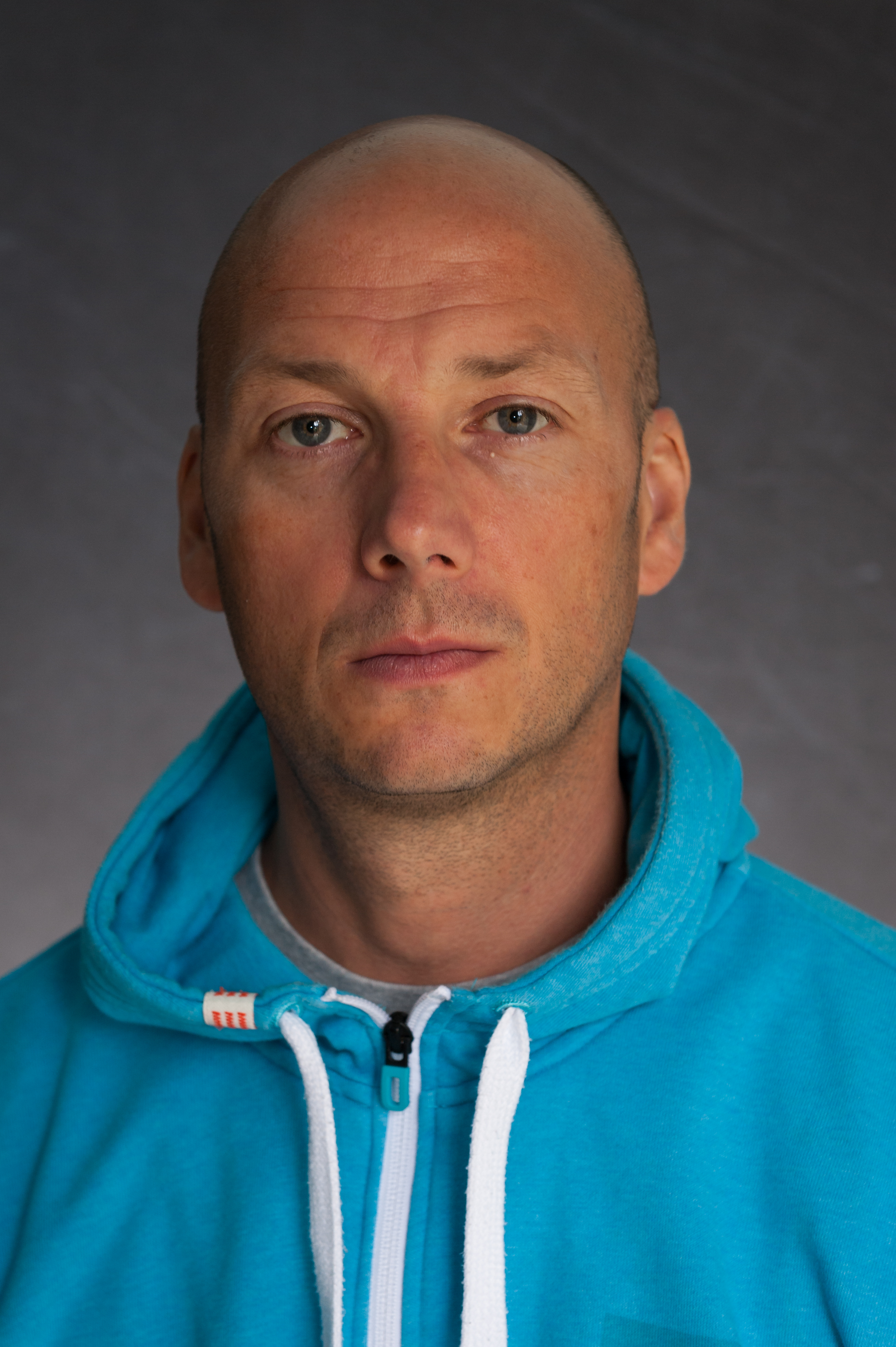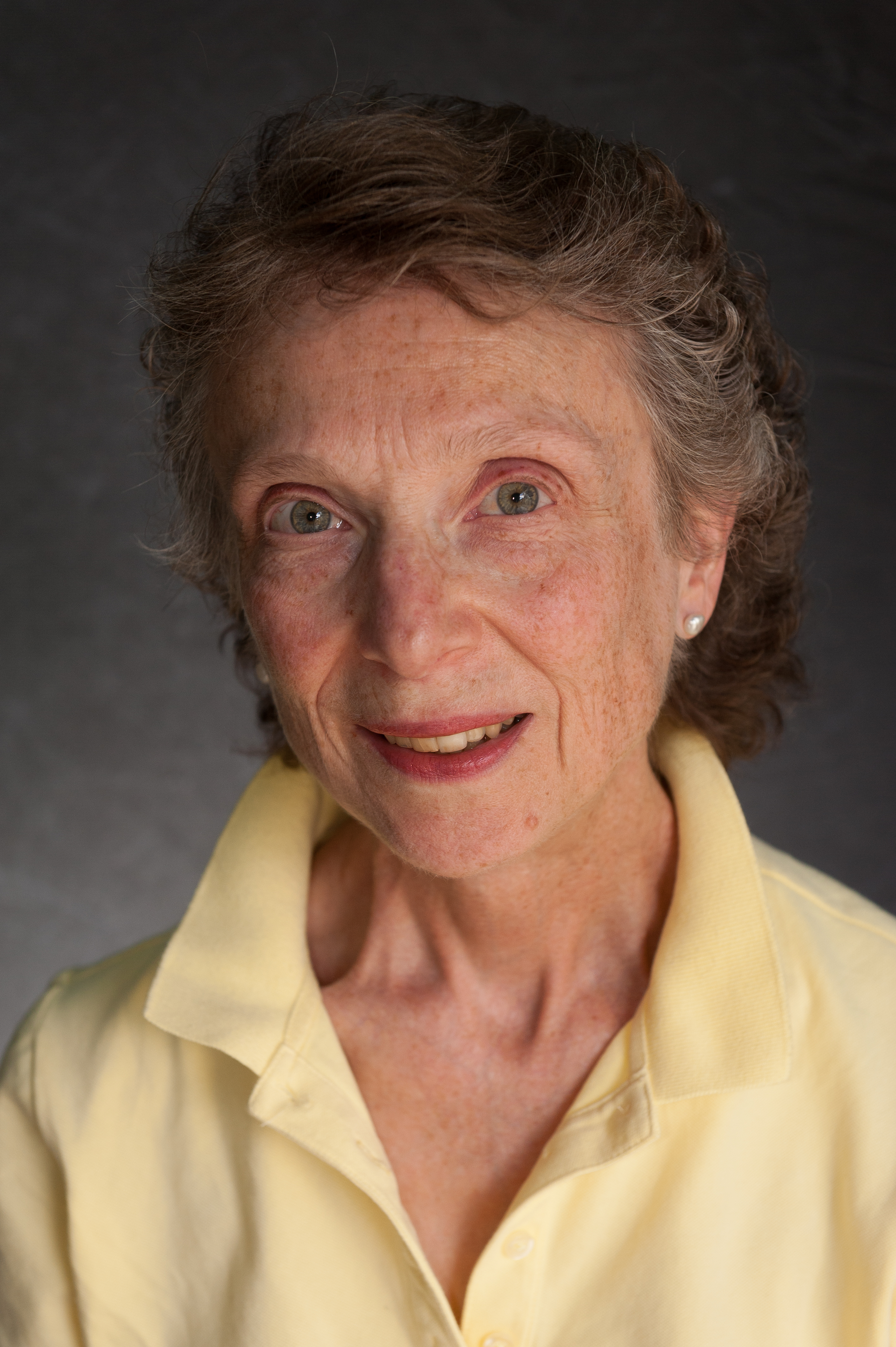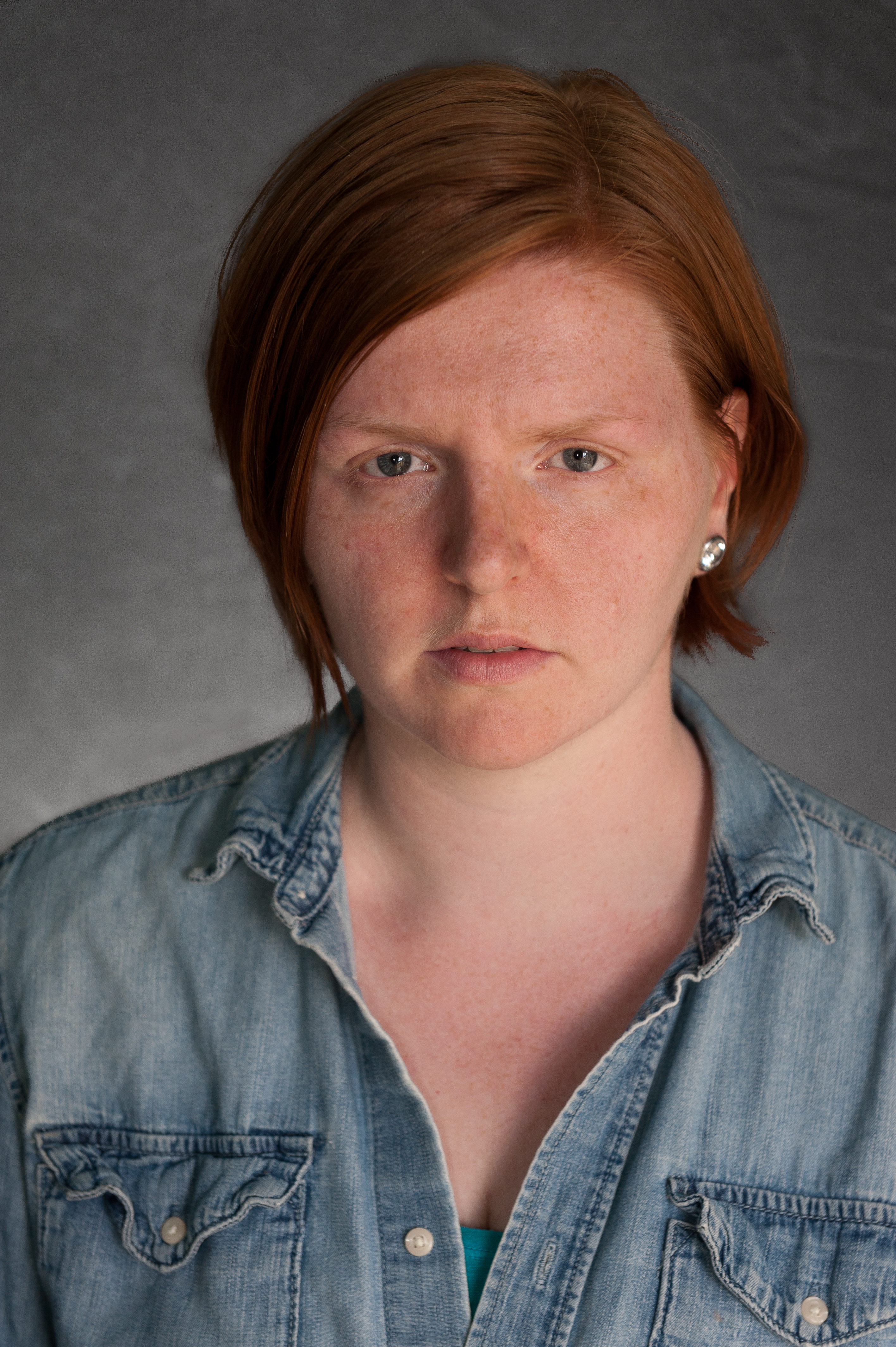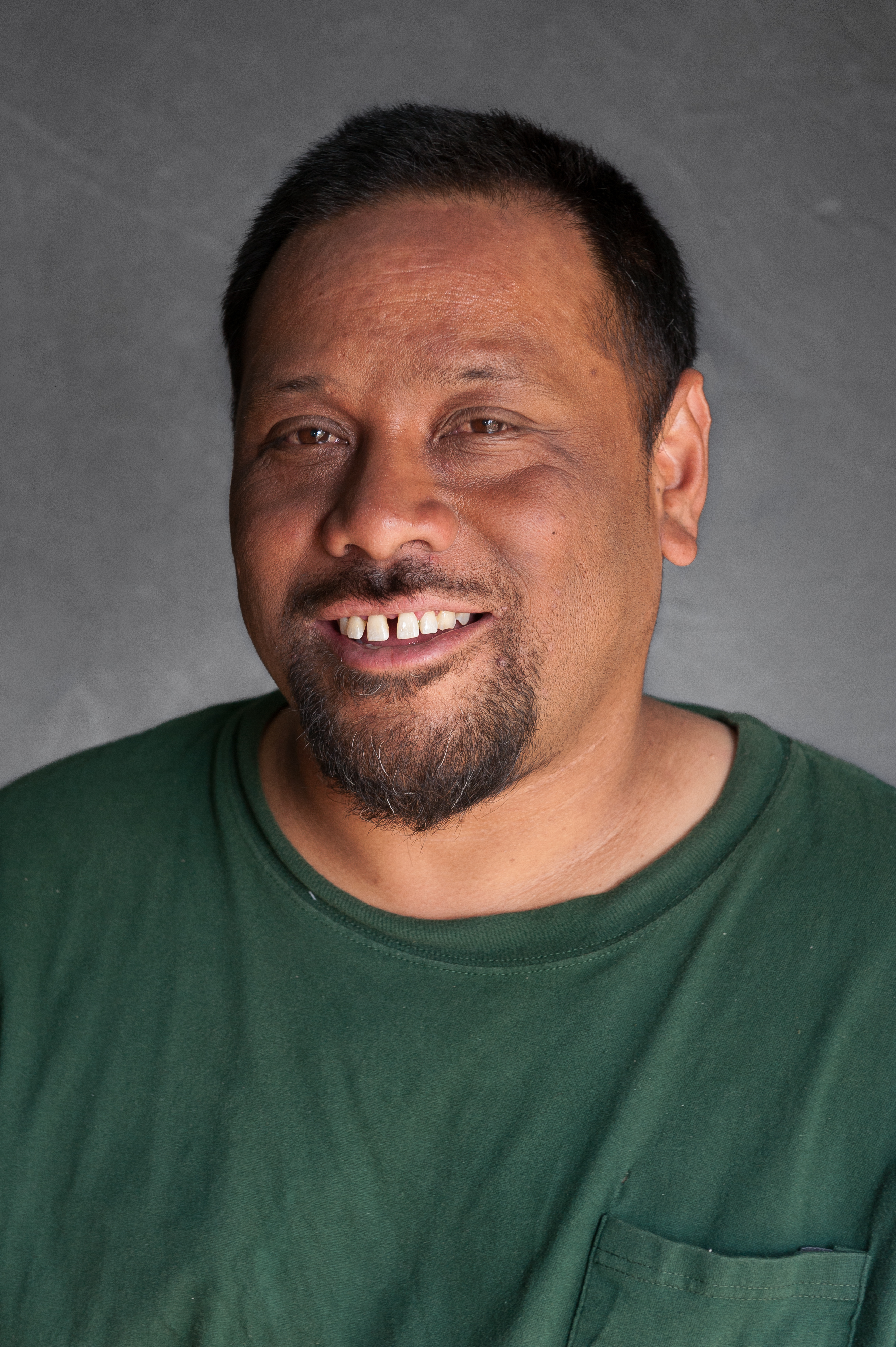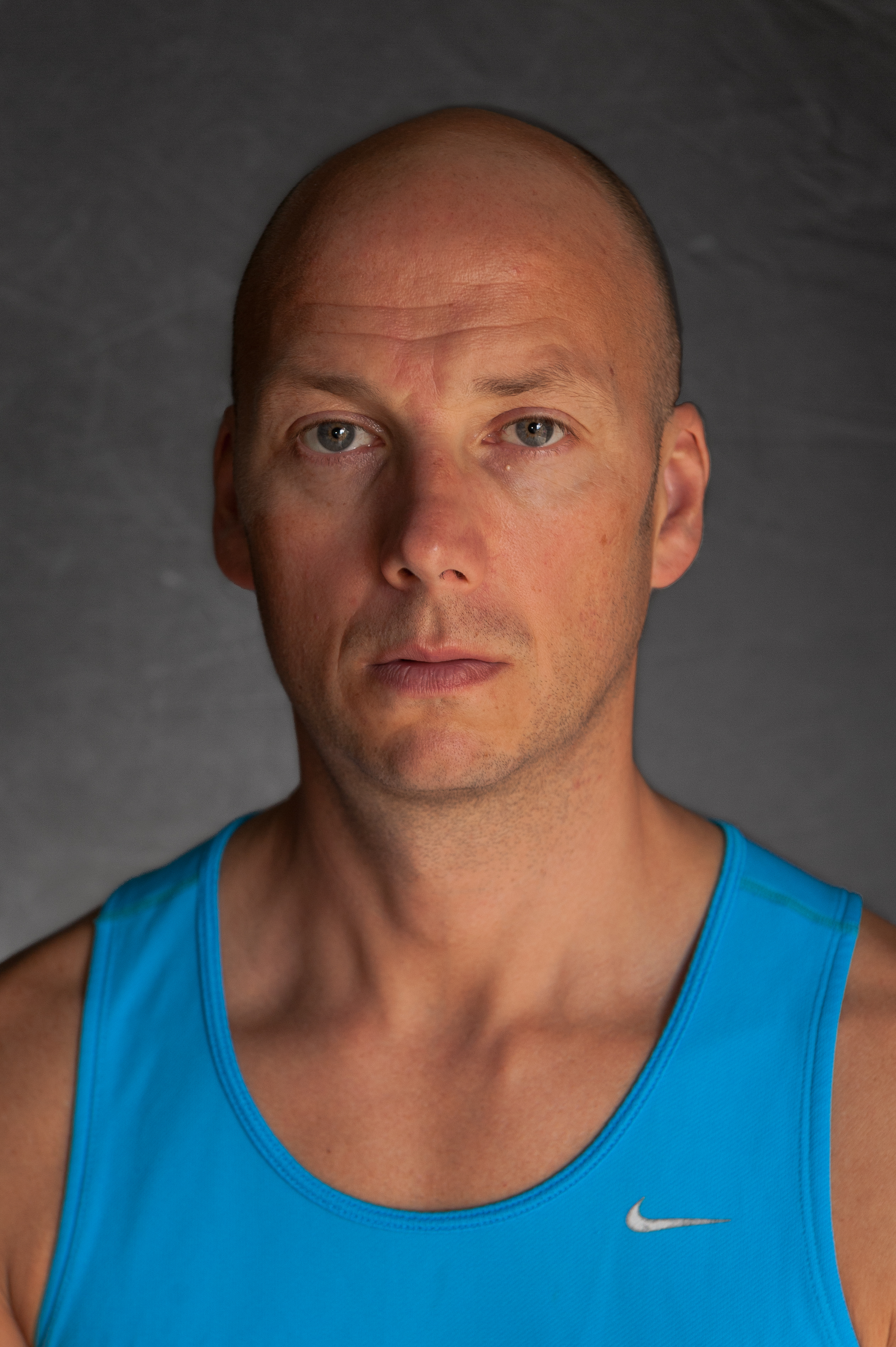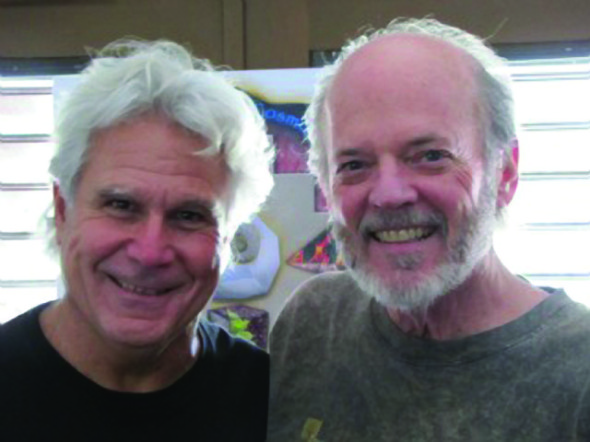By Bhanu Kapil
Bhanu Kapil leads Describe a Morning You Woke Without Fear: A Writing Retreat, November 8–10
Some years ago, in India, I was walking down an ordinary residential street behind my mother’s house – hard-baked pink dust, wilted jasmine flowers underfoot, shimmering blue oblongs (the Himalayas) in the distance. I was very far from home, from Colorado (now my home) and from everything that might function as a kind of psychic or practical ground. Perhaps you have walked down a street like this. Perhaps you have experienced the distance as a quality in your own body. On that day, there was too much space, too many contrasts between the different kinds of colors that the world is composed of in any instant: the pale silver of the sky punctuated by the emerald and scarlet flare of a child’s kite above me dipping and tucking on a roof. Perhaps I am simply describing a kind of homesickness in reverse; the way an immigrant might experience the strangeness of not being “at home” at the instant that they find themselves in the place that they are “from.” Perhaps this happens when you return to Texas or wherever it was your particular geography and history made a bright tangle: before you were born or afterwards. In other words, perhaps you don’t have to go all the way to India to experience a sense of being “unhomed” in an eternal and foreign landscape! I am not sure why I am bringing Texas into this. My dog (Porky) is from Texas; my neighbours are from Texas. I think I am trying to say that the U.S. is composed of vast spaces and that it happens, in a way that resembles India, that a person might find themselves thousands of miles from the place where they began – by nightfall; by twenty, thirty, forty years old.
I have been thinking about writing practice as a way to link myself to the earth, to the vibration of a landscape, the notebook, the time that the writing is happening in.
Whenever a pen lifts off the page, or a fingertip from the keyboard, there is a way in which – abruptly – one finds oneself in the element of unbounded space again. Is writing, in the simplest set of gestures that it is composed of – space to page to space to text again – a way of generating contact with the ground of one’s life itself? I recall my time in India and how it was writing that returned me to a sense of my own body’s place in all the space that surrounded it – what, in other ways of thinking about the body, is called proprioception. I used to walk to the Shiva temple at the end of the street and tuck myself into a corner, next to the banyan tree tied with so many red threads, hemp lamps flickering as dusk fell in the winter-time, and write: sentence after sentence, in my notebook, until the feeling of not belonging –in a version of India both shattered and shattering – diminished. These fragments became, in part, the source text of my fourth book, a work founded on a history of migration and its trans-generational effects, Schizophrene.
Perhaps here, because – after all – the Shivalik foothills are at the end of the street I am describing — I could say something about pilgrimage, the idea, in India, that a ritual journey reconstitutes the body of the goddess – of all the places where the parts of the goddess’s body, Parvati’s body, fell, after her ritual dismemberment by her father, who was upset – to cut a long story short – that she had fallen in love with as unkempt and wild person as Lord Shiva, with whom she lived on a remote mountain top. The idea here – we are now a very long way from Texas – is that if you visit all the places where Parvati’s fragments lie, you make her whole again. The wholeness resides in you, something evoked by the mantra or song you might recite upon arrival. A way to release the vibration of the fragment – and allow it to circulate once more: in time.
Next week, I am coming to Shambhala Mountain Center to teach a two day writing retreat. I want to practice an attention to cyclical sites and to what unfolds when, at each site – each of the twelve questions we will write into and through – we sing back. We answer. We write.
There is more to say. There is more to desire. To long for. To remember. To attempt. But perhaps I will pause there until it time to begin. To embark upon a journey to the space of the gold Buddha. To the north. Or south. Depending on whether you are coming from Denver or Laramie.
A pilgrimage of another sort.
Will you join me?
Bhanu Kapil leads Describe a Morning You Woke Without Fear: A Writing Retreat, November 8–10. To learn more, click here.


